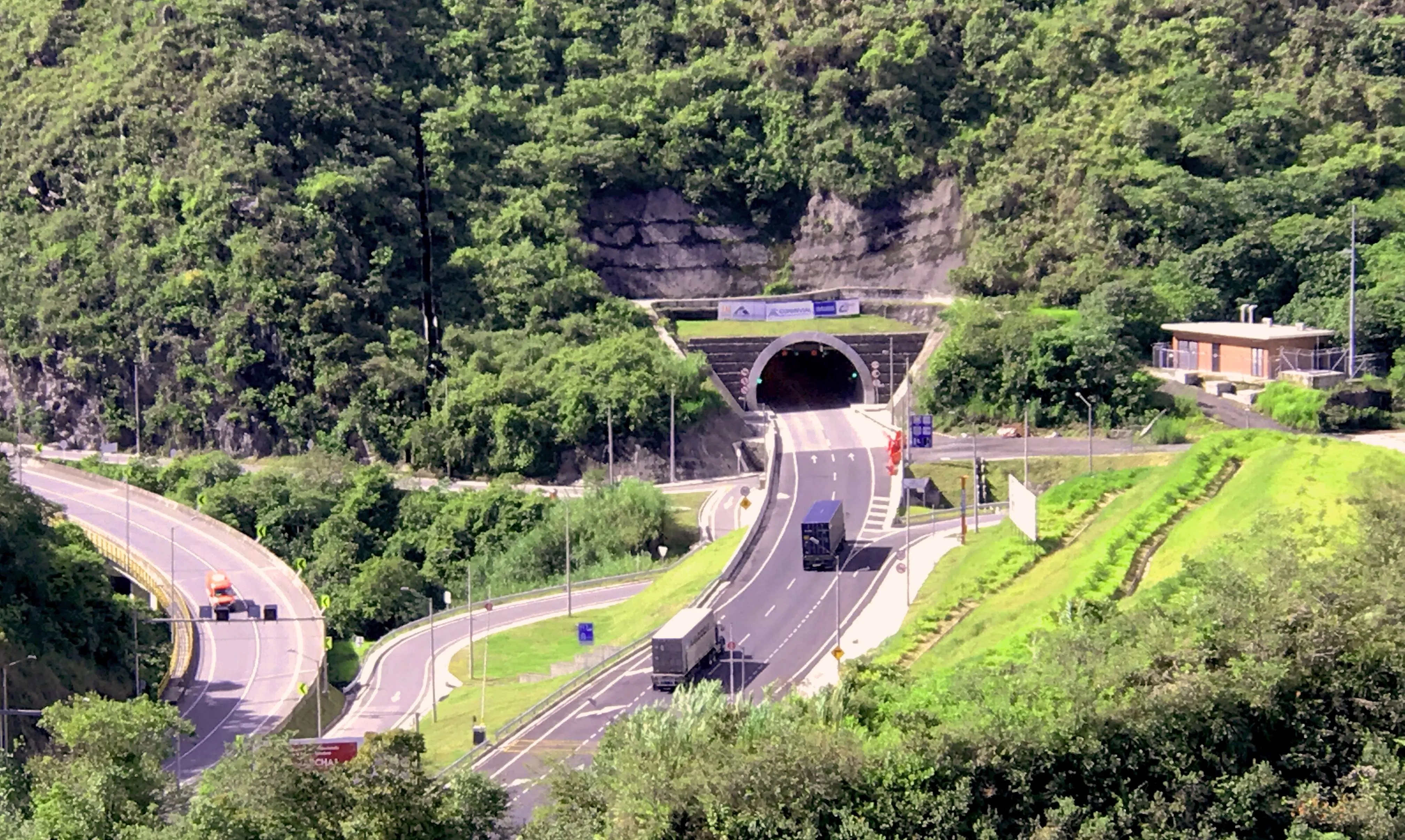Two road-building schemes worth US$283 million, which are a key part of the UK government’s long-term economic plan for Bedfordshire, are on course to be delivered on time and on budget by spring 2017.
The 2.8 mile, US$229 million A5-M1 Link scheme is being delivered by Highways England, while the US$54 million, 1.8 mile Woodside Link project is being completed by Central Bedfordshire Council.
The A5-M1 Link dual carriageway project is intended to improve the east-west connection between the A5 and M1
March 4, 2016
Read time: 2 mins
Two road-building schemes worth US$283 million, which are a key part of the UK government’s long-term economic plan for Bedfordshire, are on course to be delivered on time and on budget by spring 2017.
The 2.8 mile, US$229 million A5-M1 Link scheme is being delivered by8101 Highways England, while the US$54 million, 1.8 mile Woodside Link project is being completed by Central Bedfordshire Council.
The A5-M1 Link dual carriageway project is intended to improve the east-west connection between the A5 and M1, north of Dunstable and help reduce congestion through Dunstable town centre, offering motorists better journey time reliability and safer journeys. It includes the building of a completely new dualled road, three new junctions including a new motorway junction, and six new bridges.
The Woodside Link project will connect the industrial areas of Houghton Regis and Dunstable to a new M1 junction 11a. It is already attracting new businesses to the area. When open the 1.8 mile road will also reduce congestion on local roads and improve air quality.
Delivering the schemes will unlock up to 40 hectares of land for businesses and provide the infrastructure for 7,000 homes to be built to the north of Houghton Regis. They will also provide better access to the M1 and reduce congestion in Dunstable.
The 2.8 mile, US$229 million A5-M1 Link scheme is being delivered by
The A5-M1 Link dual carriageway project is intended to improve the east-west connection between the A5 and M1, north of Dunstable and help reduce congestion through Dunstable town centre, offering motorists better journey time reliability and safer journeys. It includes the building of a completely new dualled road, three new junctions including a new motorway junction, and six new bridges.
The Woodside Link project will connect the industrial areas of Houghton Regis and Dunstable to a new M1 junction 11a. It is already attracting new businesses to the area. When open the 1.8 mile road will also reduce congestion on local roads and improve air quality.
Delivering the schemes will unlock up to 40 hectares of land for businesses and provide the infrastructure for 7,000 homes to be built to the north of Houghton Regis. They will also provide better access to the M1 and reduce congestion in Dunstable.








